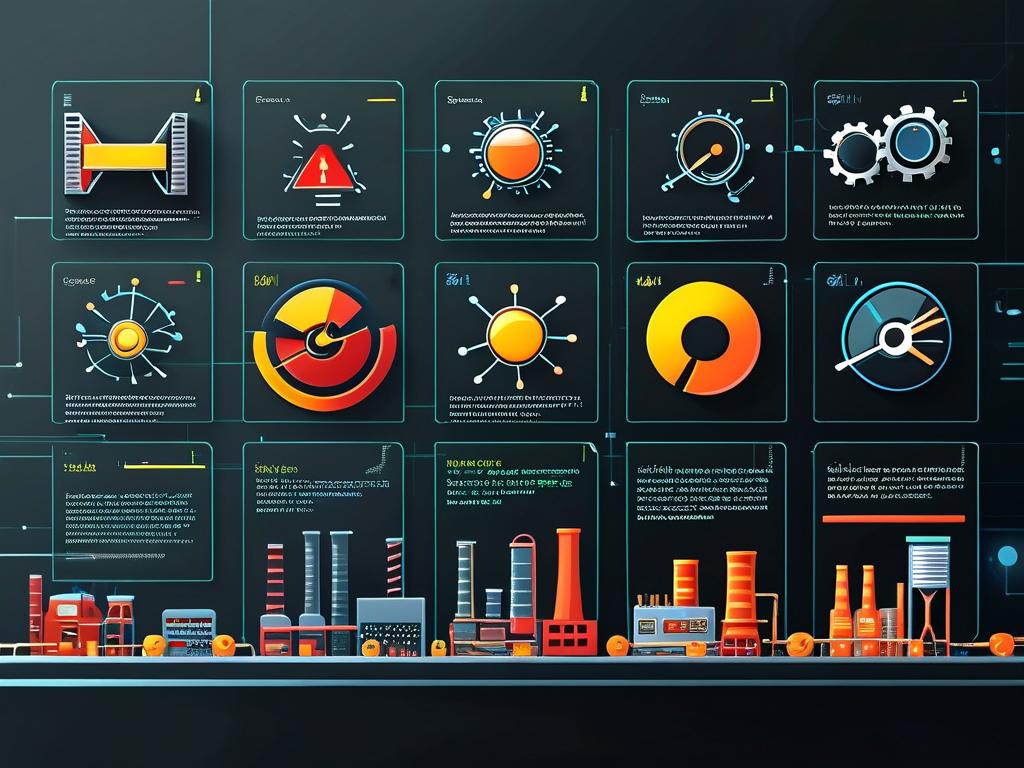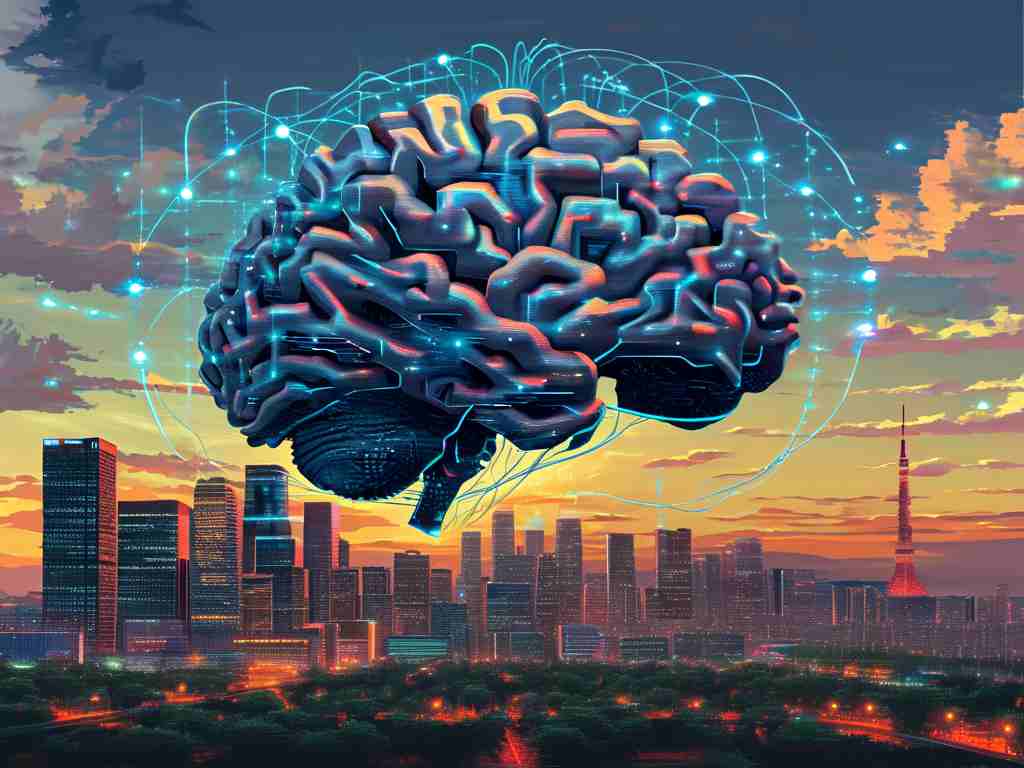In the evolving landscape of artificial intelligence, convolutional neural networks (CNNs) have emerged as a groundbreaking variant of neural network algorithms. Unlike traditional neural networks, CNNs specialize in processing grid-like data structures, making them indispensable for tasks involving images, video analysis, and spatial pattern recognition. Their unique architecture has redefined how machines interpret visual information, setting new benchmarks in accuracy and efficiency.

The core innovation of CNNs lies in their convolutional layers. These layers apply filters to input data, systematically detecting local patterns such as edges, textures, or shapes. By sliding these filters across the input matrix—whether an image or a sensor data grid—CNNs hierarchically build complex feature representations. This localized processing drastically reduces parameter counts compared to fully connected networks, addressing computational bottlenecks while preserving critical spatial relationships.
A typical CNN architecture comprises three primary components: convolutional layers for feature extraction, pooling layers for dimensionality reduction, and fully connected layers for final classification. For instance, in image recognition tasks, early layers might identify basic edges, while deeper layers assemble these into higher-level concepts like facial features or object contours. Max-pooling operations further enhance model robustness by retaining only the most salient features, effectively suppressing noise and redundant details.
Practical implementations of CNNs often leverage frameworks like TensorFlow or PyTorch. Below is a simplified code snippet illustrating a basic CNN model for digit classification using the MNIST dataset:
import tensorflow as tf
model = tf.keras.Sequential([
tf.keras.layers.Conv2D(32, (3,3), activation='relu', input_shape=(28,28,1)),
tf.keras.layers.MaxPooling2D((2,2)),
tf.keras.layers.Flatten(),
tf.keras.layers.Dense(128, activation='relu'),
tf.keras.layers.Dense(10, activation='softmax')
])
model.compile(optimizer='adam', loss='sparse_categorical_crossentropy', metrics=['accuracy'])
This model demonstrates how convolutional and pooling layers work in tandem to transform raw pixel data into actionable insights. The final dense layers then map these features to specific digit categories, achieving state-of-the-art classification performance.
Beyond academic research, CNNs power real-world applications across industries. In healthcare, they analyze medical imagery for early disease detection. Autonomous vehicles rely on them to interpret road scenes in real time. Retailers use CNN-driven systems for inventory management through visual recognition. Each application underscores the algorithm's versatility in converting pixel-level data into semantic understanding.
Despite their strengths, CNNs face challenges. Training requires substantial labeled data and computational resources. Overfitting remains a concern, often mitigated through techniques like data augmentation or dropout layers. Moreover, interpreting CNN decisions—a critical need in fields like healthcare—still demands advanced visualization tools such as Grad-CAM to highlight influential image regions.
Looking ahead, researchers are exploring hybrid architectures combining CNNs with attention mechanisms or transformers to enhance long-range dependency modeling. Such innovations aim to preserve CNN strengths in local feature extraction while addressing limitations in global context integration.
In summary, convolutional neural networks represent a paradigm shift in machine learning, particularly for spatial data analysis. Their layered approach to feature learning, coupled with computational efficiency, ensures enduring relevance in both research and industry. As AI continues advancing, CNNs will likely remain foundational to solving complex visual recognition challenges.









